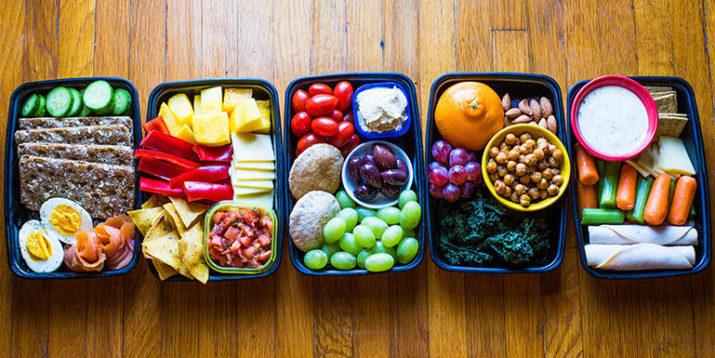5 Ways to Eat Healthy on a Budget

Food is Getting Expensive. Here are a Few Ways to Save Some Money
Have you ever screamed, “I can’t afford to eat healthy!” Understandably, it is easy to utter these very words when asked about one’s unhealthy eating habits. Considering how fast food chains and food processing companies market themselves nowadays, many would tend to think that eating healthy would cost them more than the five-minute processed foods in the market. Apart from the convenience they offer, these processed foods may appear like they are more flavorful and delicious as well but when you dig deeper, you will see how it promotes unhealthy lifestyles in the long run. Moreover, various brands have marketed themselves vigorously, proposing quick shortcuts to a healthy and fit body with some juice cleansers or diet pills – at a high price of course.
With all these distractions, who would even think that eating healthy while on a tight budget can even be possible? Thankfully, it can be made possible using different creative ways that will also need some amount of discipline and effort on your end but will it all be worth it. You just have to think outside of the box and go out of your way to explore new ways of doing things in order to reach your health goals. A new, healthy lifestyle, will require some changes on your part anyway so why not make them positive changes while you’re at it? To avoid getting overwhelmed though, let us start with these 5 ways to eat healthy while keeping it budget-friendly:
1. Start growing your vegetables and herbs
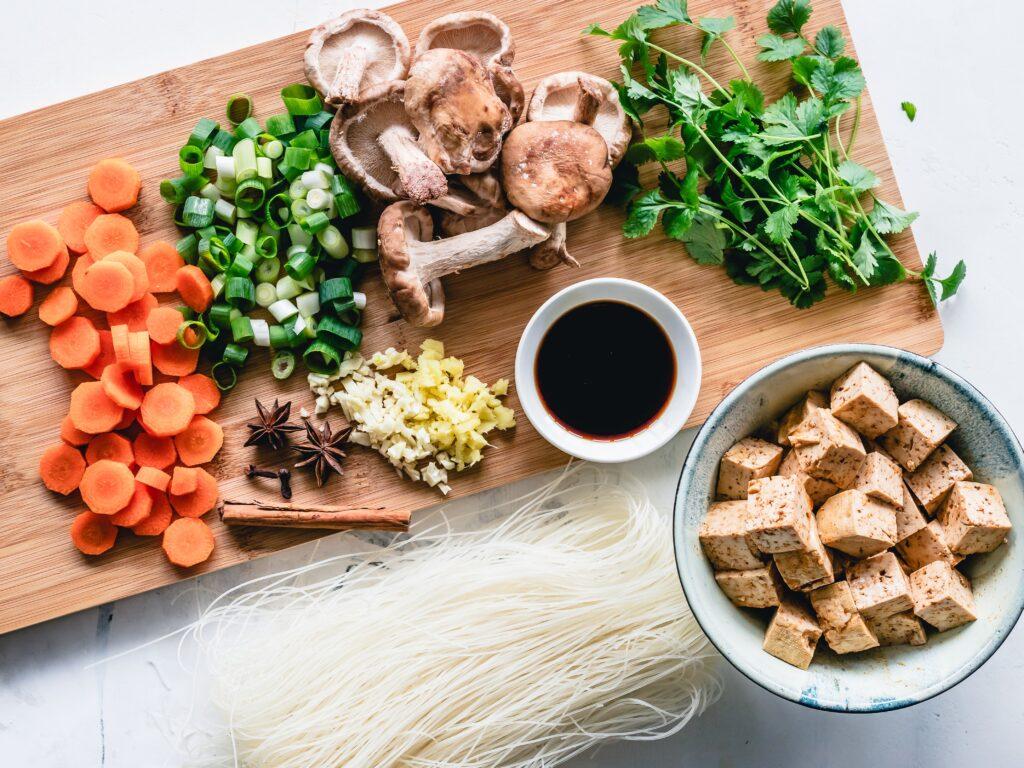
Some people think that eating healthy is expensive owing to the inflating prices of fresh produce in the market. Compared to processed foods, fresh fruits and vegetables can fill your weekly grocery basket and empty your pockets within minutes. And more often than not, sealed greens get thrown away without any chances of being opened with the amount of eat outs people do nowadays. But if eating healthy is a goal, better start growing your vegetables and herbs in your backyard. You can plant your herbs, vegetables, and perhaps even fruits wherever you live or in any area of the house as long as you have access to sunlight and water.
Small herb plants and vegetable seeds typically cost way less. And you can grow a few things in a window box, on the patio, or a fire escape – or even using your used plastic bottles or any recyclable containers. Another viable option would be to start your plot in a community garden like some cool urban farmer. Several subdivisions or compounds designate a place for gardening where healthy-minded individuals like you can plant and grow your produce. Try coordinating with the community officials on this initiative – who knows, you might encourage more people to live and eat healthily in this way as well.
2. Try buying canned and frozen produce at all costs
When grocery shopping, don’t skip the freezer department like some people would do. Fresh fruits and vegetables are undeniably the healthiest options, most especially when they are organic. However, it would be good for you to know that farmers likewise choose the best products to be placed in cans or freezers. Usually, they are those which are not too ripe or still a little unripe. And a budget-saving advantage of canned or frozen produce is their longevity compared to fresh organics. A bag of frozen carrots can last longer than a bag of fresh spinach, reducing food waste and ultimately leading to more money in your pocket for other matters.
On the other hand, you may worry about the nutritional content of canned produce but worry not as they are comparable to their fresh counterparts. Studies even reveal that the heating process can make the fiber in canned foods more soluble or usable once digested. Just make it a point though that the vegetables in your bag are all vegetables only. Avoid the ones that contain butter or sauces in them. The same applies to frozen fruits. Make sure that it only contains fruits and no added sugars or preservatives. One last tip, when buying cans, be sure to check the sodium content. It can very from brand to brad greatly. (The lower the better)
3. Launch your food cooperative
Start your very own food-sharing cooperative by gathering a few health-conscious friends, or some people you see regularly, or your neighbors. More often than not, doing things that require discipline and effort will tend to bore you or make the task too daunting that you’ll end up reverting back to square one. Sharing the same goals with people around you however will surely encourage you to keep moving.
Here are some casual, stress-free suggestions to get you started with your friends:
-
Divide the annual membership costs on malls, supermarkets, and food delivery services that offer great deals of fresh and organic produce.
-
Make a list of your weekly or monthly produce to buy and share. And always remember to buy what you can finish in a week or month. Never purchase more than your average use to avoid spoilage and waste of money.
-
Participate in seeking cheap and environmentally responsible produce delivery services that reduce food waste. If your area does not have any, have the initiative to start yours and hit two birds with one stone with your friends. Many products are thrown out mainly for their aesthetic features – not pretty enough on the market shelves. But these fresh products can reach good hands by offering a delivery service that allows people to access new and healthy produce.
-
Buy dairy goods and poultry by dozen or more from organic and responsible farms with your friends to divide costs and save money for bills and other necessities.
4. Do meal preparations in advance
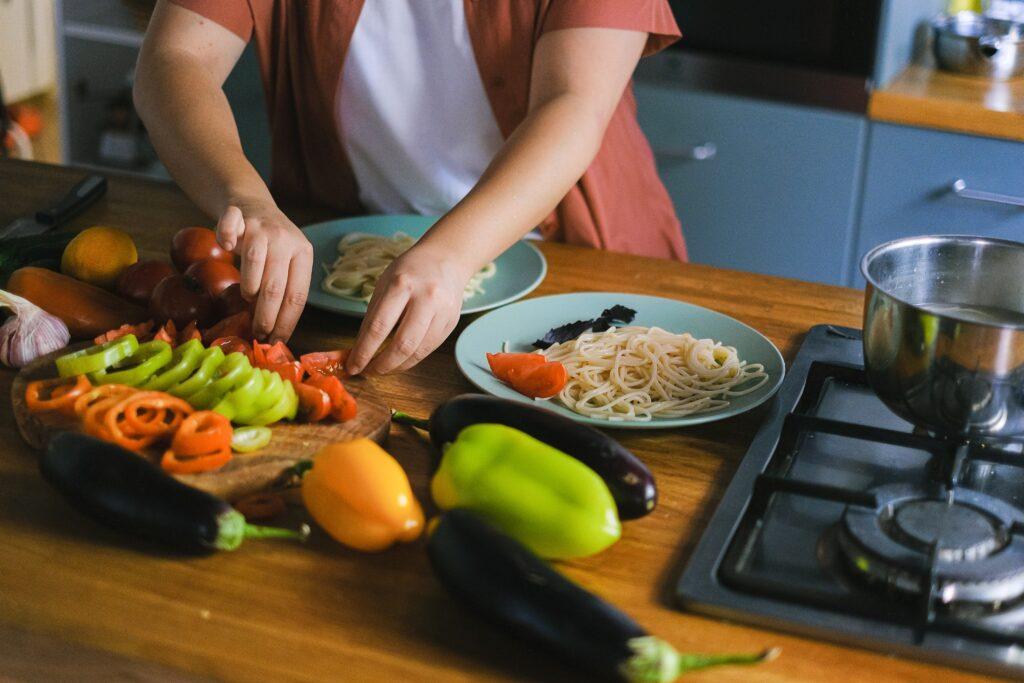
Living life to the fullest sometimes means being too busy for cooking and eating out seems like the next logical choice – saving you some time free of meal preparations. However, preparing several meals ahead of time allows you to have a ready-made healthy meal or snack without having to sacrifice your time and your allotted budget.
A study reveals that people who plan their meals are more likely to follow dietary recommendations and consume a wider variety of foods as well. In other words, they are more likely to consume a balanced, healthy diet, containing a wide variety of nutrients. Furthermore, it encourages you to buy in bulk, cook them right away, and avoid more waste. If you wish to do meal preparations ahead of time, try these tips to make it a habit.
a. Create a schedule for preparations.
Try setting an hour or two to draft your grocery list and food plan. Dietitians and nutritionists alike suggest allowing time for meal preparations and making it a priority – similar to giving time for Netflix and movies. It is likewise advisable to set aside additional time for post-shopping preparation, such as slicing vegetables into bite-sized pieces for snacks or preparing freezer dinners in bulk. Along the way, try finding a schedule that works for you and eventually develop it into a positive habit that comes naturally.
b. Try to organize your pantry and keep track.
Utilizing what you already have on hand is a fundamental aspect of meal preparation. Hence, you can do some thorough inventory checks on your pantry and keep it organized at all times – making it easier and more fun. Furthermore, organizing and keeping track also allows you to check what fresh produce is near their expiration dates and be able to consume them first – making it a sustainable way to reduce food waste.
c. Purchase seasonal produce, but never shy away from frozen foods.
The best approach to motivate yourself to try different types of produce is to buy what is in season. For instance, tomatoes taste best in the summer, but squash is typically more widely available in the fall. Produce in season tends to be at its nutritional peak, has the most elevated flavor, and is cost-effective. Buy a combination of fresh and frozen vegetables for not-in-season organics. Not every ingredient you prepare needs to be homemade.
d. Start using containers with compartments.
You do not have to purchase a brand-new set of Tupperware right away. All you need is any safe, food-grade container with compartments for various foods. You may even use the ones you already have at home. To satisfy your nutritional demands, containers with compartments in them naturally aid in portion control and enhance meal diversity as well. You can have your daily dose of protein and minerals from vegetables all in one meal – thanks to containers. But if you are still planning to buy one yourself – better purchase glass containers that are safe for microwaves. Lastly, if you plan to consume it in the following days, label each one after packing it. It is best to include the contents and the date it was prepared and saved on the label.
e. Say hello to boiled eggs – your eggceptional best friend
Eggs, the inexpensive and go-to food for everyone can be considered a superfood according to scientists. Eggs contain six grams of protein and are a good source of nutrients like vitamin D and choline. If you wish to prepare your meals beforehand, cook dozen of hard-boiled eggs over the weekend and incorporate this food into your meals as breakfast or snacks or a complimentary food.
f. Say no to pre-cut fruits and veggies
Avoid the pre-cut fruits and veggies at the supermarket. While they could be time-saving at first glance, they can cost you more than doing the chopping yourself. Saying no to pre-cuts begin with making cutting a habit – possibly, a new activity as well to add to your me-time. Furthermore, pre-cuts in supermarkets can result in more food waste as it spoils faster than pre-cut foods especially if not stored properly.
5. Practice portion-control
Take a moment to answer these critical questions: How much do you generally spend and consume when you dine out every day for lunch throughout the workweek? Or when you order in for dinner? How many calories do you consume when eating out or ordering from fast food? You may think you’ve been saving a lot of money from eating out and maintaining weight from the one cup of rice policy that you adhere to in every diner but think again. Instead of saving, you end up spending more than your budget.
Besides helping you fine-tune your diet since you’ll be preparing more meals at home and eating less overall, the portion-control approach allows you to save money. You’ll also be eating more wholesome, nutritional foods. Furthermore, you may see long-term cost savings when you are aware of the real portions you should be consuming for better health and perhaps weight loss.
To best practice portion control, begin by using colored containers for your food (e.g., green for vegetables and orange for fruits). It is also best to use large containers for foods you should consume more like vegetables and fruits, which are nutrient-dense and fiber-filled produce. Once go on a portion control regimen, you should be reducing your consumption of the following items: the majority of processed, packaged foods, condiments, prefab frozen foods, artificially or sugar-sweetened beverages, and coffee-based sugary drinks(drink your coffee black). Unbeknownst to many, these goodies conveniently affect your health and weight – and their long-term effects may be more expensive than doing portion control.
Pro tip: If you are new to the portion-control concept and are eager to learn portion-control recipes, you can check out BODi. Everything you need to know about the Portion Approach is there.
Incredibly Cheap Healthy Foods for Your Healthy Lifestyle
Budgeting Tips would never be complete without introducing you to the incredibly cheap produce available in the market. Besides eggs, here are five more healthy foods to help you start your healthy lifestyle journey while keeping to your budget:
1. Sweet Potatoes
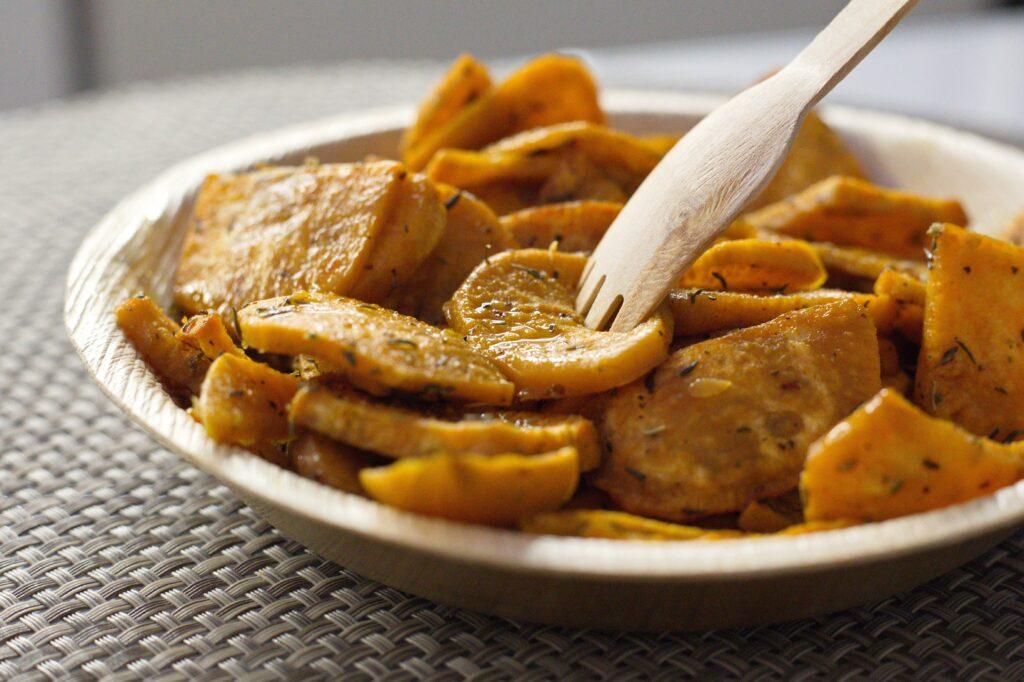
Sweet potatoes provide a significant amount of fiber, potassium, vitamin C, and B vitamins. According to studies, they may have anti-inflammatory actions that help reduce the chance of developing chronic illnesses including cancer and diabetes. Sweet potatoes also go well with almost any recipe and are simple to cook by steaming, baking, or roasting.
2. Carrots
Beta-carotene, which gives carrots their outstanding vitamin A content, is one of the most abundant plant compounds in the world. Vitamin A, which supports healthy immune function and vision, is 428% of your daily needs in one cup of carrots. Additionally, carrots have fiber, vitamin C, vitamin K, potassium, and manganese, which are highly needed by the body. Regular consumption of carrots, either cooked or raw, may help lower the chance of developing some cancers, such as prostate and stomach cancer.
3. Oatmeal
Oatmeal’s fiber, vitamins, and minerals may be able to lower the risk of several illnesses, including type 2 diabetes, heart disease, and obesity. Commonly, oatmeal is consumed during breakfast, combined with yogurt, milk, and fruits.
4. Bananas
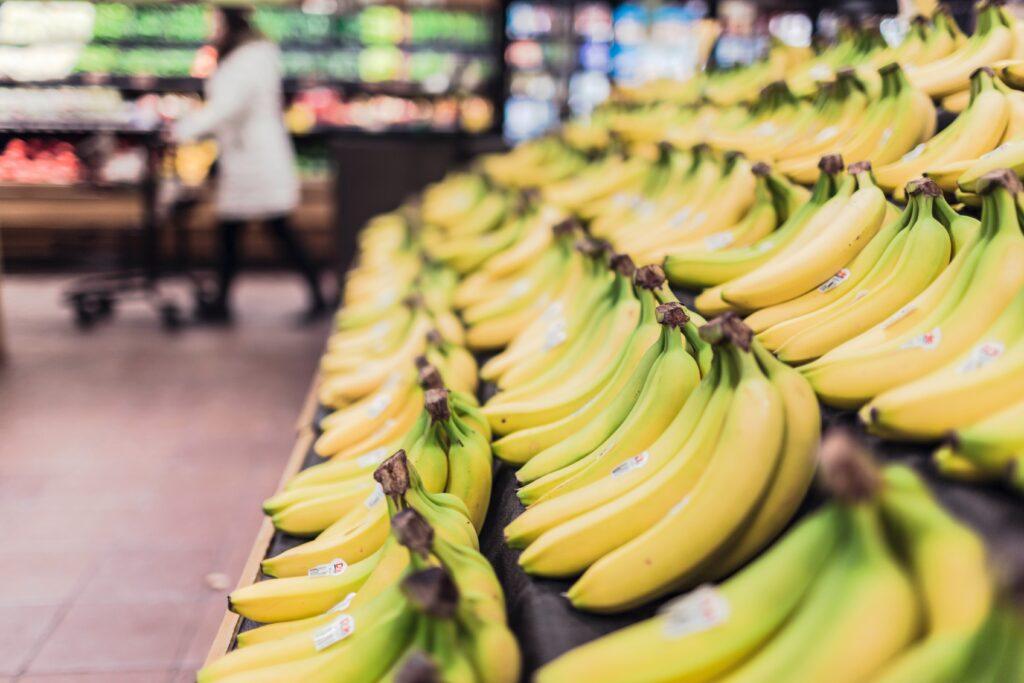
Bananas are among the least expensive fruits available. Besides the cheap price, bananas also carry several health advantages. They are packed with vital nutrients like vitamin C, vitamin B6, potassium, and manganese with a significant amount of fiber that encourages weight loss, improves digestive health, and reduces the risk for diabetes.
5. Apples
Apples are incredibly healthy and typically inexpensive. The three grams of fiber in one medium apple are primarily responsible for apples’ beneficial benefits on weight loss and blood sugar regulation. Furthermore, apples include a small number of vitamins C and B, trace minerals, and antioxidants. Regular consumption could reduce the body’s inflammatory response that often triggers various chronic diseases.





